All of the poorest countries on this list come from Africa, and many of them have recently gone through droughts or civil war. All of the poorest countries in the world are underdeveloped, and often very corrupt. The standard of living in these countries is normally very low, and many from the western world would consider them unliveable. This list uses per capita GDP, which is a measure of the total output of a country that takes gross domestic product and divides it by a countries population.
Madagascar – $1,500 (2016 est.)

After discarding socialist economic policies in the mid-1990s, Madagascar followed a World Bank- and IMF-led policy of privatization and liberalization until the onset of a political crisis, which lasted from 2009 to 2013. The free market strategy had placed the country on a slow and steady growth path from an extremely low starting point. Exports of apparel boomed after gaining duty-free access to the US in 2000; however, Madagascar’s failure to comply with the requirements of the African Growth and Opportunity Act (AGOA) led to the termination of the country’s duty-free access in January 2010, a sharp fall in textile production, and a loss of more than 100,000 jobs.
Madagascar regained AGOA access in January 2015 following the democratic election of a new president the previous year. In November 2015, the International Monetary Fund (IMF) approved a Rapid Credit Facility to Madagascar worth about $42.1 million to help the government meet its balance of payments needs. The IMF also approved a staff monitoring program to guide policy implementation and indicated that Madagascar must demonstrate the capability to sustain reforms to qualify for future requests for a credit facility.
Guinea – $1,300 (2016 est.)
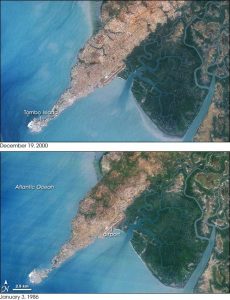
Guinea is one of the poorest countries in the world, with a population of approximately 11.7 million people that possesses the world’s largest reserves of bauxite and largest untapped high-grade iron ore reserves (Simandou), as well as gold and diamonds. In addition, Guinea has fertile soil, ample rainfall, and is the source of several West African rivers, including the Senegal, Niger, and Gambia. Guinea’s hydro potential is enormous and the country could be a major exporter of electricity. The country also has tremendous agriculture potential. Gold, bauxite, and diamonds are Guinea’s main mineral exports. International investors have shown interest in Guinea’s unexplored mineral reserves, which have the potential to propel Guinea’s future growth.
Eritrea – $1,300 (2016 est.)
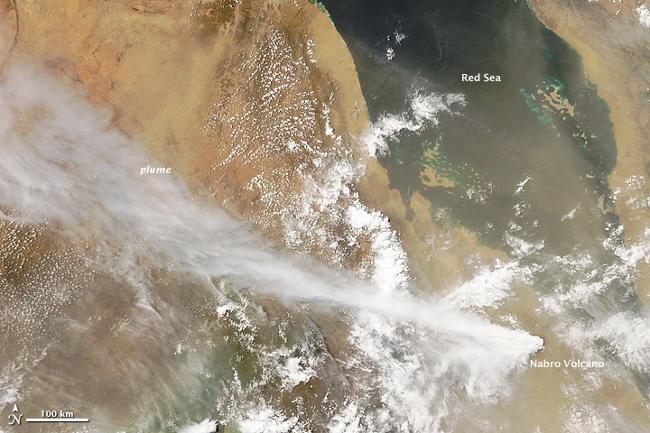
Since formal independence from Ethiopia in 1993, Eritrea has faced many economic problems, including lack of financial resources and chronic drought, which have been exacerbated by restrictive economic policies. Eritrea has a command economy under the control of the sole political party, the People’s Front for Democracy and Justice. Like the economies of many African nations, a large share of the population – nearly 80% in Eritrea – is engaged in subsistence agriculture, but the sector only produces a small share of the country’s total output. While reliable statistics on food security are difficult to obtain, erratic rainfall and the percentage of the labor force tied up in national service continue to interfere with agricultural production and economic development. Eritrea’s harvests generally cannot meet the food needs of the country without supplemental grain purchases. Copper, potash, and gold production are likely to drive economic growth and government revenue over the next few years, but military spending will continue to compete with development and investment plans. Eritrea’s economic future will depend on market reform, international sanctions, global food prices, and success at addressing social problems such as refugee emigration.
Mozambique – $1,200
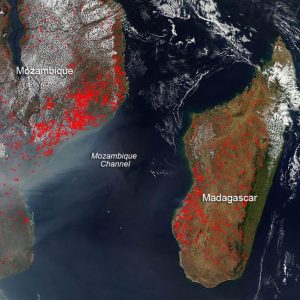
At independence in 1975, Mozambique was one of the world’s poorest countries. Socialist policies, economic mismanagement, and a brutal civil war from 1977 to 1992 further impoverished the country. In 1987, the government embarked on a series of macroeconomic reforms designed to stabilize the economy. These steps, combined with donor assistance and with political stability since the multi-party elections in 1994, propelled the country’s GDP from $4 billion in 1993, following the war, to about $34 billion in 2015. Fiscal reforms, including the introduction of a value-added tax and reform of the customs service, have improved the government’s revenue collection abilities.
Niger – $1,100 (2016 est.)
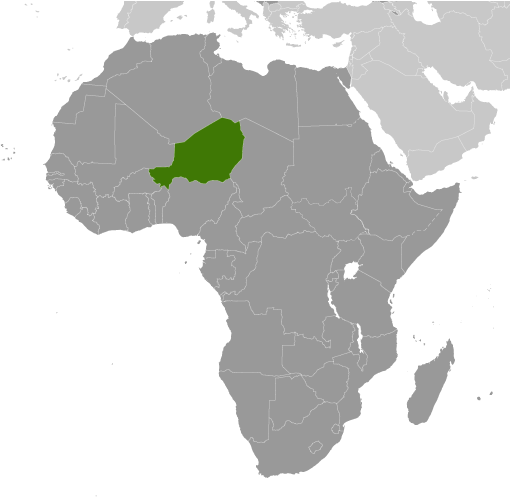
Niger is a landlocked, sub-Saharan nation, whose economy centers on subsistence crops, livestock, and some of the world’s largest uranium deposits. Agriculture contributes nearly 40% of GDP and provides livelihood for most of the population. The UN ranked Niger as the least developed country in the world in 2015 due to multiple factors such as food insecurity, lack of industry, high population growth, a weak educational sector, and few prospects for work outside of subsistence farming and herding.
Future growth may be sustained by exploitation of oil, gold, coal, and other mineral resources. Although Niger has sizable reserves of oil, the profitability of these commodities has been called in to question due to the prolonged drop in oil prices. Food insecurity and drought remain perennial problems for Niger, and the government plans to invest a little more in the agriculture sector, most notably irrigation. Niger’s three-year $131 million IMF Extended Credit Facility agreement for years 2012-15 was extended until the end of 2016, although formal private sector investment needed for economic diversification and growth remains a challenge, given the country’s limited domestic markets, access to credit, and competitiveness.
Malawi – $1,100 (2016 est.)

Landlocked Malawi ranks among the world’s most densely populated and least developed countries. The country’s economic performance has historically been constrained by policy inconsistency, macroeconomic instability, limited connectivity to the region and the world, and poor health and education outcomes that limit labor productivity. The economy is predominately agricultural with about 80% of the population living in rural areas. Agriculture accounts for about one-third of GDP and 90% of export revenues. The performance of the tobacco sector is key to short-term growth as tobacco accounts for more than half of exports.
Liberia – $900 (2016 est.)
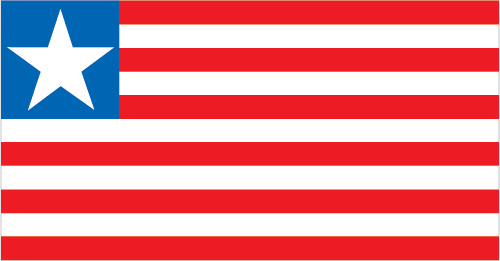
In the 1990s and early 2000s, civil war and government mismanagement destroyed much of Liberia’s economy, especially infrastructure in and around the capital. With the conclusion of fighting and the installation of a democratically elected government in 2006, businesses that had fled the country began to return. The country achieved high growth during 2010-13 due to favorable world prices for its commodities. However, in 2014 as the Ebolavirus began to spread, the economy declined and many businesses departed, taking capital and expertise with them. The epidemic forced the government to divert scarce resources to combat the spread of the virus, reducing funds available for needed public investment. The cost of addressing the Ebola epidemic will weigh heavily on public finances at the same time decreased economic activity reduces government revenue, although higher donor support will partly offset this loss.
Burundi – $800 (2016 est.)
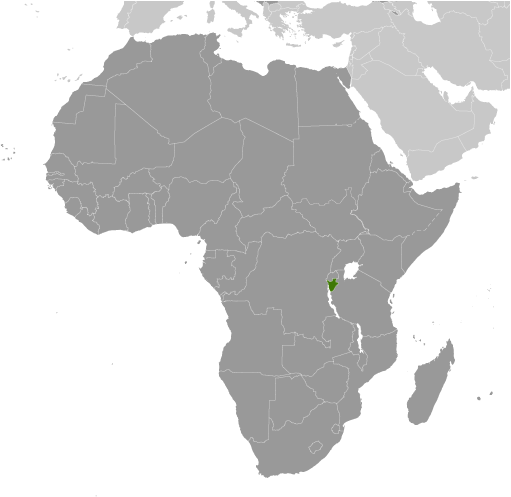
Burundi is a landlocked, resource-poor country with an underdeveloped manufacturing sector. Agriculture accounts for over 40% of GDP and employs more than 90% of the population. Burundi’s primary exports are coffee and tea, which account for 90% of foreign exchange earnings. Thus, Burundi’s export earnings – and its ability to pay for imports – rest primarily on weather conditions and international coffee and tea prices, although exports are a relatively small share of GDP. Burundi is heavily dependent on aid from bilateral and multilateral donors. Foreign aid in 2014 represented 42% of Burundi’s national income, the second highest rate in Sub-Saharan Africa. Burundi joined the East African Community (EAC) in 2009.

Democratic Republic of Congo – $800 (2016 est.)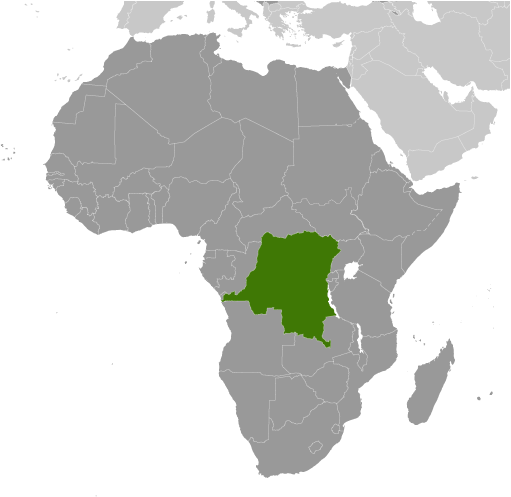
The economy of the Democratic Republic of the Congo – a nation endowed with vast natural resource wealth – is slowly recovering after decades of decline. Systemic corruption since independence in 1960, combined with countrywide instability and conflict that began in the early-90s, has dramatically reduced national output and government revenue and increased external debt. With the installation of a transitional government in 2003 after peace accords, economic conditions slowly began to improve as the transitional government reopened relations with international financial institutions and international donors, and President KABILA began implementing reforms. Progress has been slow to reach the interior of the country although clear changes are evident in Kinshasa and Lubumbashi.
Central African Republic – $700 (2016 est.)
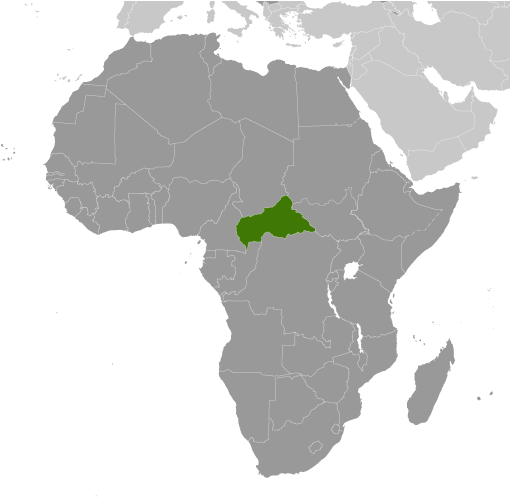
Subsistence agriculture, together with forestry and mining, remains the backbone of the economy of the Central African Republic (CAR), with about 60% of the population living in outlying areas. The agricultural sector generates more than half of GDP. Timber and diamonds account for most export earnings, followed by cotton. Important constraints to economic development include the CAR’s landlocked geography, poor transportation system, largely unskilled work force, and legacy of misdirected macroeconomic policies. Factional fighting between the government and its opponents remains a drag on economic revitalization. Distribution of income is extraordinarily unequal. Grants from France and the international community can only partially meet humanitarian needs. The Central African Republic has a GDP per capita of only $700 dollars, easily making it the poorest of the poorest countries in the world.










